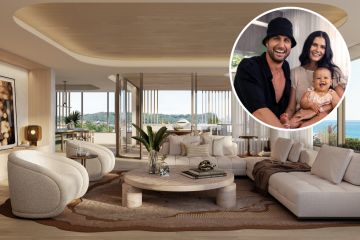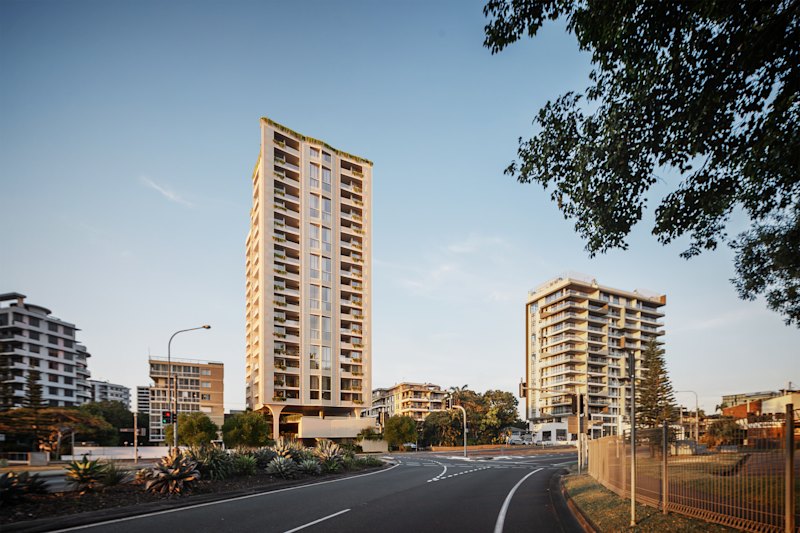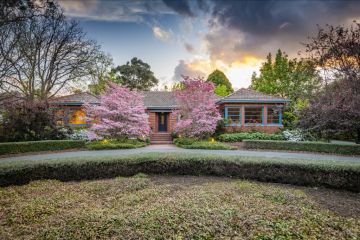How to make the latest home trend forecasts work for you long term
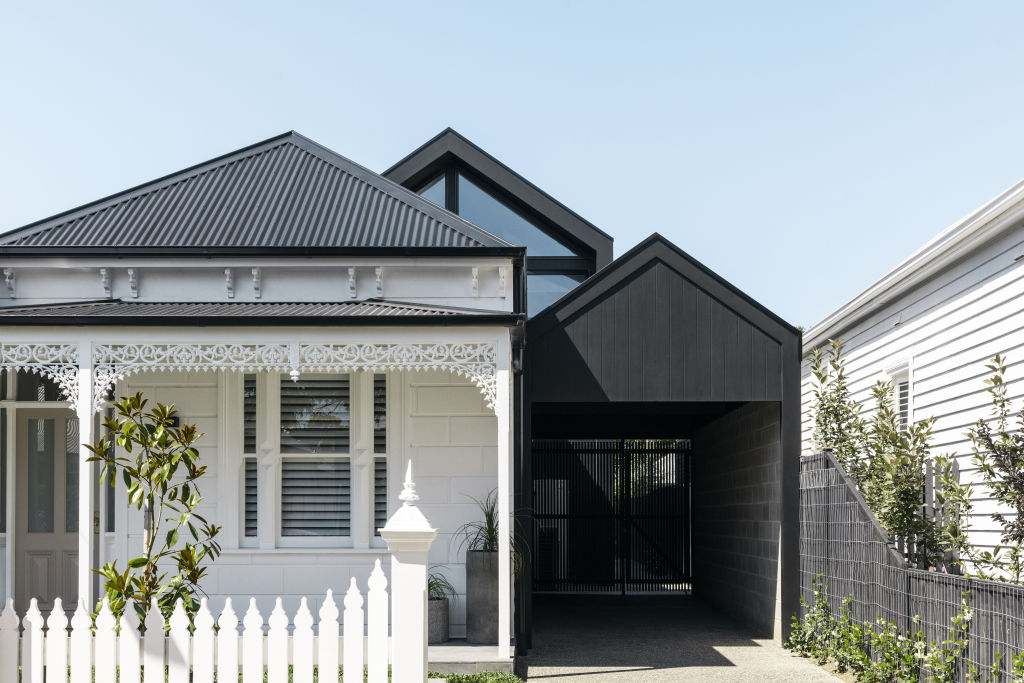
Open any social media app, and you’ll very quickly become aware that the reigning trend of 2024 is, well, trends. While taking a peek at what’s popular in home design right now is great for getting the inspiration flowing, casting a long-term lens over any design decisions is crucial for creating a home that won’t date.
Luckily, plenty of home styles that are popular at the moment endure over time.
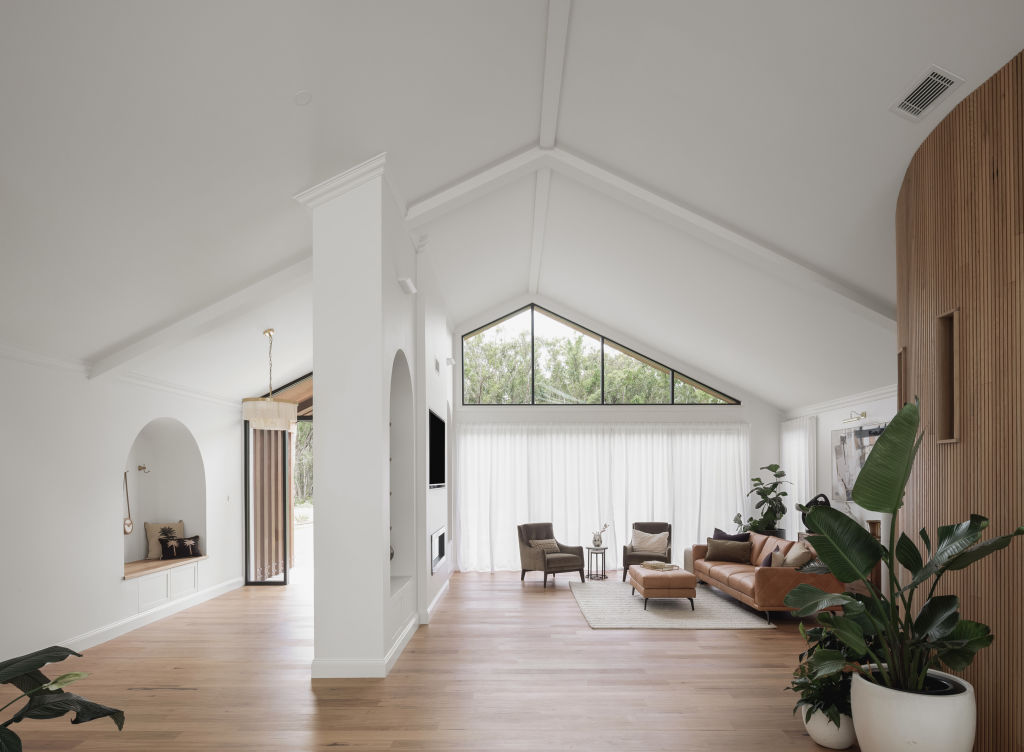
Drawing on a huge volume of research, Australia’s leading cladding brand, James Hardie, has released its Modern Homes Forecast 2024, identifying seven popular contemporary Australian architectural styles of our times, including Modern Farmhouse, Modern Heritage, Box Modern, Mid-Century Modern, Japandi, Barn, and Modern Coastal.
To interior design expert and former The Block judge Neale Whitaker, these insights into modern Australian lifestyles make the report particularly fascinating.
“The Modern Homes Forecast indicates that in future, residential builds will reflect both multicultural and multigenerational family living; long-term work-from-home requirements and a new emphasis on leisure to reflect a new stay-at-home culture,” Whitaker says in response to the report.
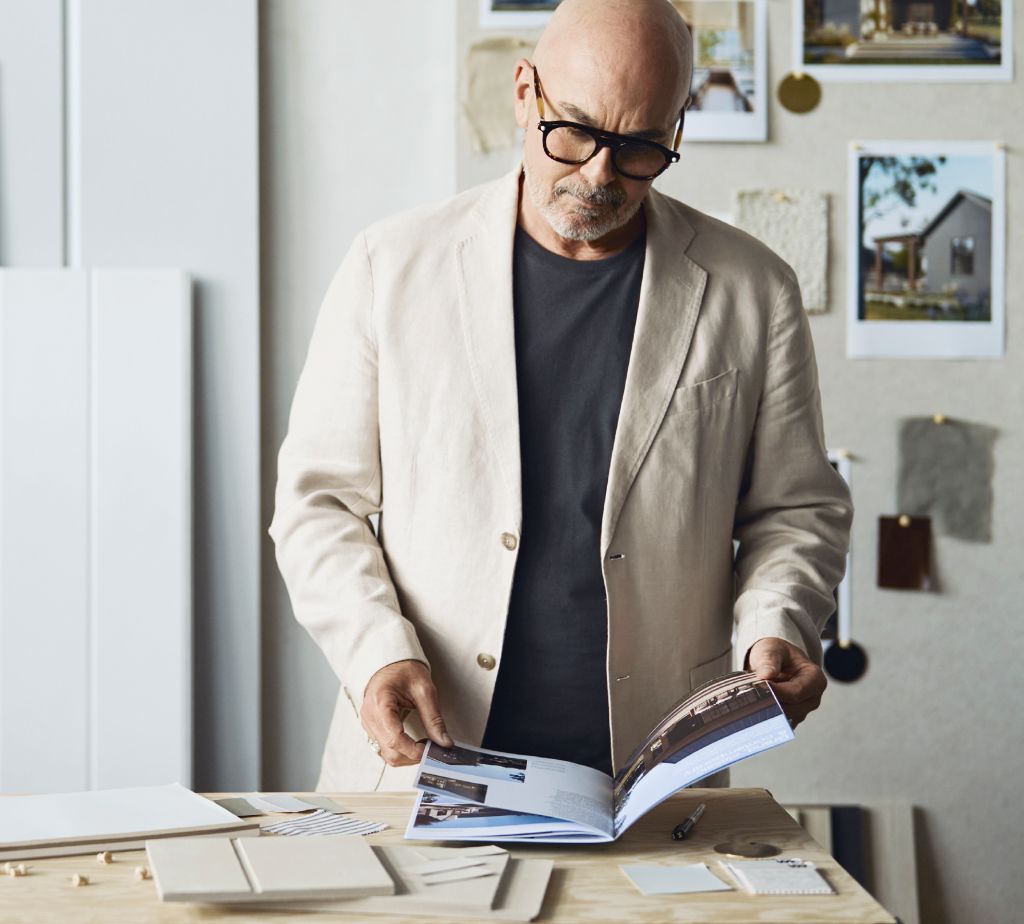
With changes on the horizon for the way we use our homes and endless inspiration online, how can we embrace our favourite elements of the styles and trends we enjoy while designing for longevity?
Beware of micro-trends
“I tend to think in terms of macro and micro trends,” explains Whitaker. “Micro-trends are short-lived fads that come in and out of fashion very quickly, and macro are the long-term, big-picture trends that impact the way we live.
“My advice is to steer clear of the micro trends – unless you genuinely love them, of course – and focus on things that bring joy, authenticity and longevity to the home.”
Micro-trends often include styles that saturate the market. Whitaker says it’s a red flag if “you start seeing a style or design or colour everywhere – from high end to mass market”.
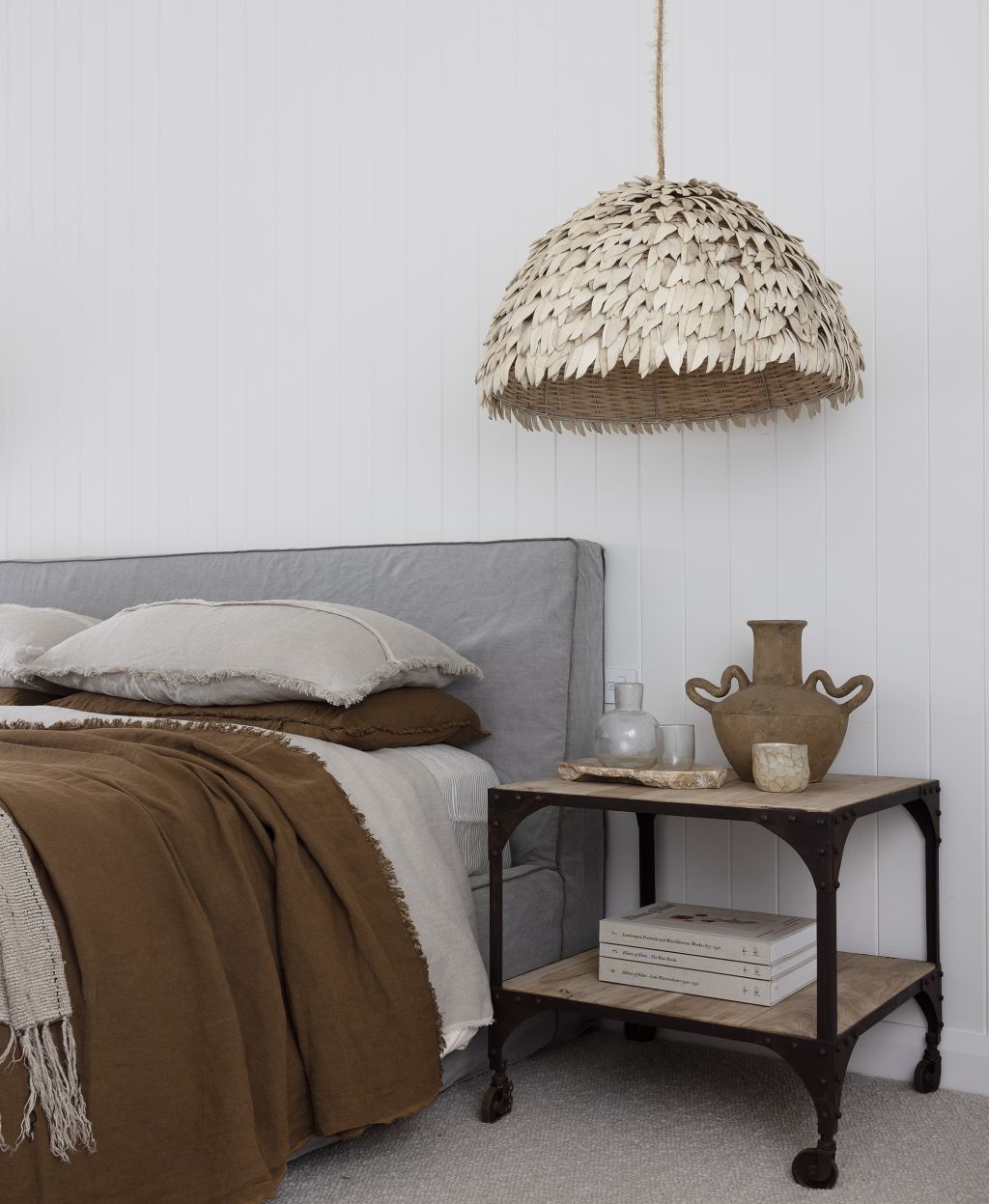
Echoing caution against micro-trends, Ky Drury, Director of Byron Bay interior designers Studio Haus Co., warns against focusing too heavily on things like the Pantone colour of the year – which, by definition, only lasts 12 months.
“That’s not sustainable to me, that’s something you’ll be sick of in two years,” says Drury.
Stick to time-tested styles when making architectural decisions
If we think of styles as constantly changing, then committing to an architectural design might feel daunting. Whitaker says that herein lies the beauty of the flexible styles that endure.
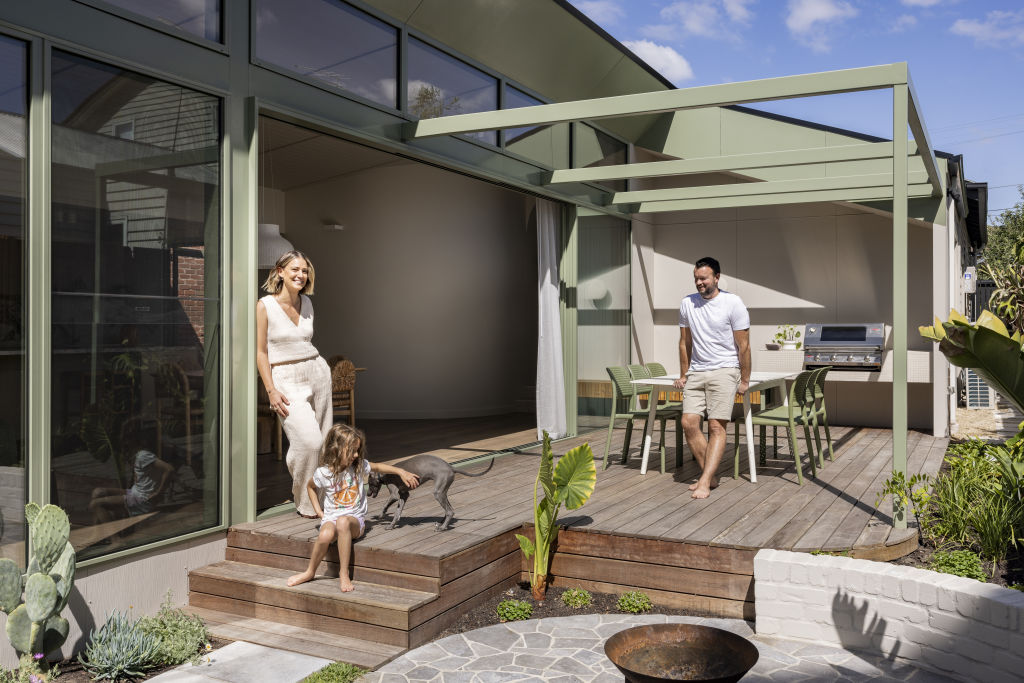
“With the exception, perhaps, of Japandi (a relative newcomer), the seven architectural styles revealed in the Modern Homes Forecast 2024 are trends only in the macro sense of the term,” he says. “They are classic Australian architectural styles that have been with us for a while and will be popular well into the future … mid-century modern, for example, is an architectural style that has been popular for more than 60 years.
Embrace interior styles in small doses, blend different looks
The key to making macro trends work long-term for interiors, according to Whitaker, is to introduce just a couple of elements of the style as opposed to drenching your home in a complete “look”.
“Let’s take Moroccan rugs as an example,” he says. “I still think traditional, handwoven Moroccan rugs and carpets are amongst the most beautiful things you can buy … The trick is, as always, buying the best quality you can afford and making the rug work with your own personal style … and not allowing it to dictate the look.”
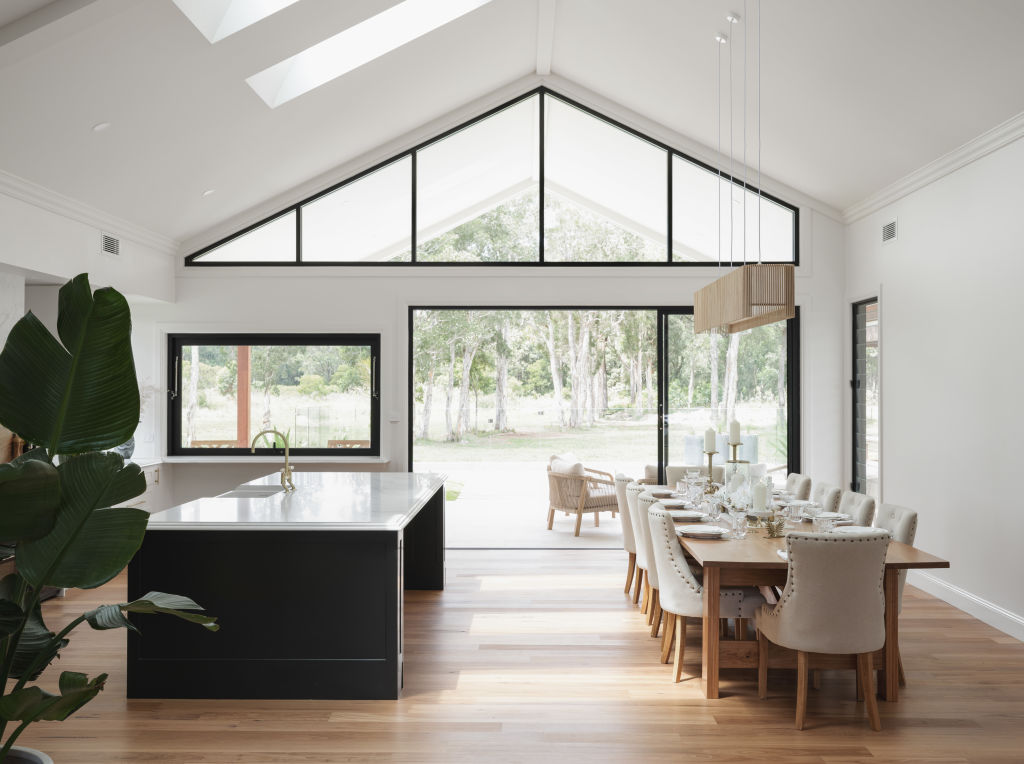
Drury says she achieves longevity in her designs by blending different looks and using “earthy, organic and buxom shapes” that can lend themselves from “country to beach to Japanese”.
“Japandi’s a super easy one that we love working with. We love New Zealand architecture … And then we meld it into the Australian version of that. Sometimes, you can’t even put a genre on it.”
Take your time and prioritise personality over popularity
Whitaker points out that your home should be a reflection of your lifestyle and personality more than what’s in fashion.
“Artwork and books are two of my favourite ways to add individuality, especially if collected over a long period of time,” he says. “Homes are literally never finished, so don’t be in too much of a hurry to have everything ‘done’ – let your home grow with you.”
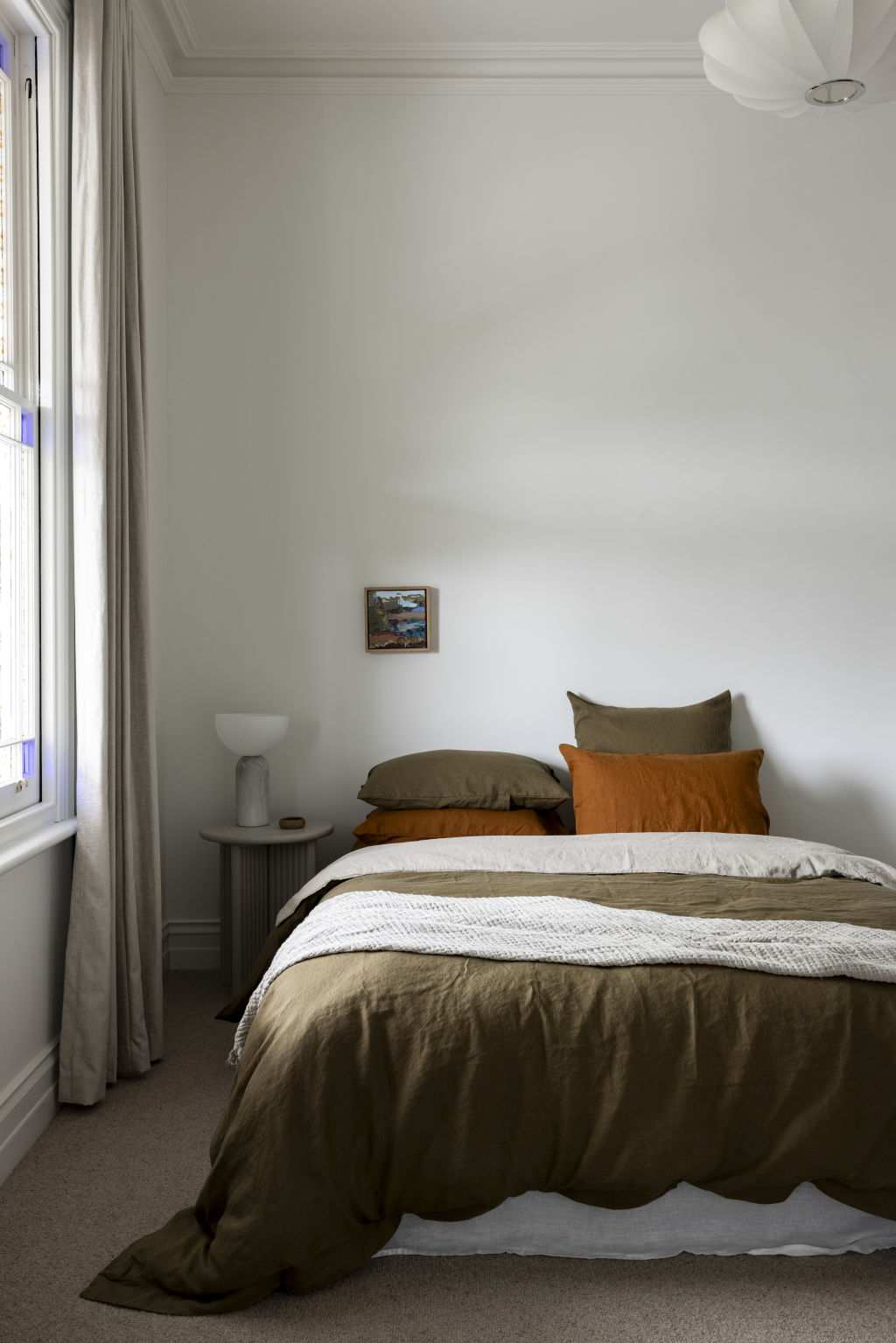
Drury adds that artwork that you adore – ideally from a local artist – is a solid investment and likely to go the distance with you.
“There’s no way you won’t love it in 20 years’ time,” she says.
Keep things neutral
Colour-wise, the experts advise that sticking to neutrals is your best bet for style that endures.
“We keep everything very, very neutral, very, very basic in the schemes so that they’re not fads,” says Drury, whose approach involves prioritising natural materials such as timber, stone and limestone. “So, there’s no remodelling [needed] in [the near future]. Nothing’s too kitsch.”
Whitaker agrees.
“Neutral colour palettes have the greatest longevity and the new warmer neutrals – brown-based shades as opposed to grey-based – allow you to play around with layers and levels of colour to create depth and interest,” he says. “They also provide a great backdrop against which you can introduce notes of strong colour through soft furnishings, ceramics and accessories.”
Invest in quality
Of course, it’s also about choosing wisely and investing in quality homewares.
Whitaker acknowledges that it’s not always financially viable to splash out on the highest–quality items but suggests refraining from impulse purchasing if you have longevity in mind.
“For new home owners and people building a home, the choice can be daunting and the temptation to buy inexpensively is difficult to resist,” he says. “What I do advise is to buy local wherever possible, consider pre-loved or upcycled, and always the best you can afford when it comes to the ‘big ticket’ items. Consider, too, the quality and sustainability of manufacture.”
In the end, Whitaker says, it’s about selecting unique, well-crafted items and designs that make sense in your space.
“Authenticity and individuality will never date, nor will quality, sustainability and design integrity,” he says.
We recommend
States
Capital Cities
Capital Cities - Rentals
Popular Areas
Allhomes
More

